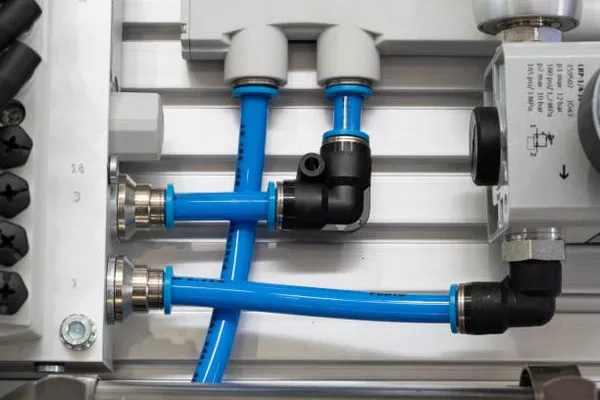Turbine flow meters have become indispensable instruments in various industries for measuring fluid flow rates with precision and reliability. These devices are widely utilized in applications ranging from oil and gas to chemical processing and water treatment. In this article, we will delve into the intricacies of turbine flow meters, exploring their working principles, design components, and applications.
Working Principles:
Turbine flow meters operate based on the principle of angular momentum, harnessing the rotational movement of a turbine to quantify the flow of fluids. The core components of a turbine flow meter include the turbine rotor, housing, and sensing elements. As fluid flows through the meter, it engages the turbine rotor, causing it to spin. The rate of rotation is directly proportional to the fluid velocity, allowing for precise flow rate measurements.
Design Components:
Turbine Rotor: At the heart of the turbine flow meter is the rotor, typically a multi-bladed propeller that is strategically positioned within the fluid stream. The material and design of the rotor vary based on the specific application requirements and the properties of the fluid being measured.
Housing: The housing of a turbine flow meter serves as a protective enclosure for the rotor and other internal components. It is designed to facilitate smooth fluid passage while maintaining structural integrity. The housing material is often chosen to withstand the corrosive effects of the measured fluid.
Bearings: To ensure the smooth rotation of the turbine rotor, precision bearings are integrated into the design. These bearings minimize friction, allowing the rotor to rotate freely with minimal resistance and ensuring accurate flow rate measurements.
Pickup Coil: Positioned outside the flow path, a pickup coil is used to detect the rotational movement of the turbine blades. As the blades spin, they cut through the magnetic field generated by the pickup coil, inducing an electrical pulse. The frequency of these pulses corresponds directly to the rotational speed of the turbine, enabling the calculation of the fluid flow rate.
Working Process:
Initiation of Flow: The fluid enters the turbine flow meter through the inlet, creating a flow path for the fluid within the housing.
Interaction with Turbine Rotor: As the fluid flows through the meter, it impinges on the turbine rotor, causing it to rotate. The rotor blades are carefully designed to minimize drag and maximize the efficiency of angular momentum transfer.
Generation of Electrical Pulses: The rotation of the turbine rotor induces electrical pulses in the pickup coil due to the changing magnetic field. These pulses are directly proportional to the speed of the rotor and, consequently, the fluid flow rate.
Signal Processing: The electrical pulses generated by the pickup coil are then transmitted to the signal processing unit of the turbine flow meter. Here, the pulses are converted into a digital signal, and the flow rate is calculated based on the predetermined calibration factors.
Applications:
Turbine flow meters find widespread applications across diverse industries owing to their versatility and accuracy. Some key sectors where these meters are extensively used include:
Oil and Gas: Turbine flow meters play a crucial role in measuring the flow rates of various hydrocarbons, ensuring efficient processing and distribution in the oil and gas industry.
Chemical Processing: In chemical manufacturing processes, turbine flow meters help monitor the precise flow of chemicals, facilitating accurate mixing and preventing wastage.
Water Treatment: Turbine flow meters are employed in water treatment plants to measure the flow of water and other liquids, ensuring optimal treatment processes and resource management.
Aerospace: In aerospace applications, turbine flow meters are utilized to measure fuel flow rates in aircraft, contributing to fuel efficiency and overall performance.
See Also What Are The Different Types Of Flow Meters
Conclusion:
Turbine flow meters stand as reliable and efficient instruments for measuring fluid flow rates in a wide array of industrial applications. By harnessing the principles of angular momentum and incorporating precision engineering, these meters provide accurate and real-time data essential for process control, resource optimization, and quality assurance. As technology continues to advance, turbine flow meters will likely evolve further, contributing to enhanced efficiency and sustainability across industries.

